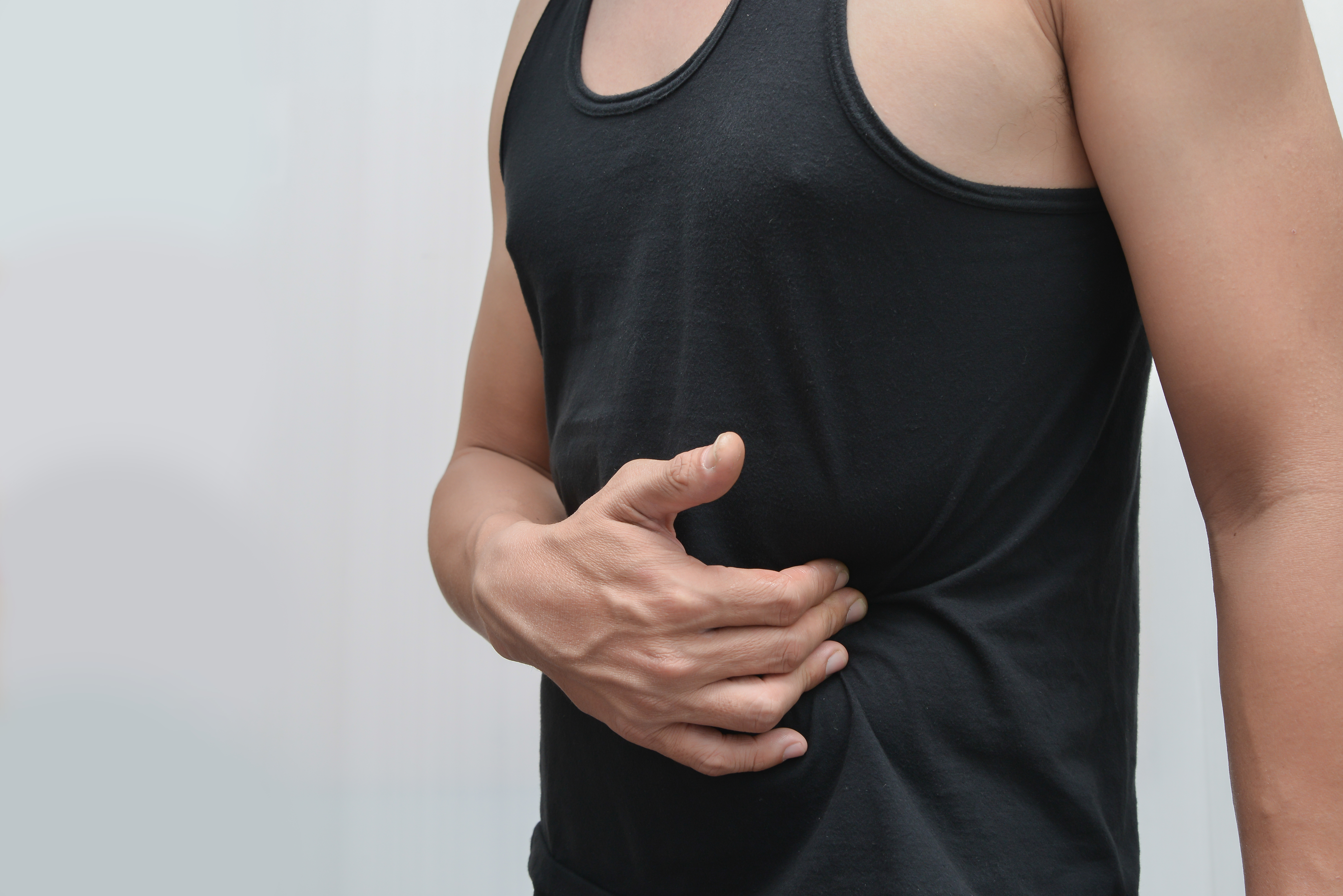Diagnosing cholecystitis starts when you describe your symptoms to your doctor. Next is a physical exam. Your doctor will carefully feel your right upper abdomen to look for tenderness. Then the doctor may request for tests to confirm diagnosis.
Tests and procedures used to diagnose cholecystitis include:
- Blood tests. Your doctor may order blood tests to look for signs of an infection or signs of gallbladder problems.
- Imaging tests that show your gallbladder. Imaging tests, such as abdominal ultrasound or a computerized tomography (CT) scan, can be used to create pictures of your gallbladder that may reveal signs of cholecystitis.
- A scan that shows the movement of bile through your body. A hepatobiliary iminodiacetic acid (HIDA) scan tracks the production and flow of bile from your liver to your small intestine and shows blockage. A HIDA scan involves injecting a radioactive dye into your body, which binds to the bile-producing cells so that it can be seen as it travels with the bile through the bile ducts.
RECOMMENDED MEDICATIONS
Treatment for cholecystitis will depend on your symptoms and your general health. People who have gallstones but don’t have any symptoms may need no treatment. For mild cases, treatment includes bowel rest, fluids and antibiotics given through a vein, and pain medicine.
The main treatment for acute cholecystitis is surgery to remove the gallbladder (cholecystectomy). Often this surgery can be done through small incisions in the abdomen (laparoscopic cholecystectomy), but sometimes it requires a more extensive operation. Your doctor may try to reduce swelling and irritation in the gallbladder before removing it. Sometimes acute cholecystitis is caused by one or more gallstones getting stuck in the main tube leading to the intestine, called the common bile duct. Treatment may involve an endoscopic procedure (endoscopic retrograde cholangiopancreatography, or ERCP) to remove the stones in the common bile duct before the gallbladder is removed.
In rare cases of chronic cholecystitis, you may also receive medicine that dissolves gallstones over a period of time.


